Complying with Local Construction Waste Regulation
In today’s eco-conscious world, using a professional construction waste cleanup service is more important than ever for builders and contractors. According to Mordor Intelligence, construction and demolition debris makes up about 25% of the total waste generated in the United States, highlighting the need for effective management. Proper cleanup not only ensures compliance with regulations but also promotes sustainability that benefits both businesses and the environment. By understanding local requirements and leveraging expert services, companies can position themselves as responsible and forward-thinking in a competitive industry.
Understanding Local Construction Waste Regulations
Several regulatory bodies oversee construction waste management, making compliance a layered process for businesses. At the national level, the Environmental Protection Agency (EPA) establishes baseline guidelines, while state departments refine these rules to address regional environmental needs. Local municipalities then implement their own regulations to meet community-specific priorities. Partnering with a reliable construction waste cleanup service helps businesses navigate this complex framework, ensuring compliance and avoiding costly conflicts. Clear understanding of these overlapping responsibilities allows companies to adopt proactive strategies that support both sustainability and regulatory success.
Construction waste regulations encompass a broad array of guidelines and mandatory requirements. One key regulation focuses on careful segregation of waste at the source to facilitate recycling and proper disposal. Regulations also usually require detailed documentation of waste management practices, often submitted in periodic reports to relevant authorities. Another critical regulation mandates the use of certified waste haulers and processors to ensure that waste is managed ethically and responsibly throughout the disposal chain. These regulations are in place to protect human health and the environment by minimizing pollution and enhancing resource recovery.
Understanding the distinction between hazardous and non-hazardous waste is vital for compliance and safety. Hazardous wastes are materials that can pose substantial threats to public health and the environment, often requiring specialized handling and disposal procedures. Non-hazardous wastes, while still needing systematic disposal, pose a lesser risk and can often be recycled or reused. Accurate classification helps in applying the appropriate management practices and fulfilling specific regulatory requirements. Mismanagement or misclassification of hazardous waste can lead to severe legal consequences and environmental damage.
Planning for Compliance
Conducting a thorough initial assessment and site analysis is fundamental for effective waste management in construction projects. This step involves estimating the types and volumes of waste expected throughout the project lifecycle. Detailed site analysis aids in identifying potential waste streams and highlights areas where waste can be minimized. Many businesses employ environmental consultants or engineers during this phase to ensure accuracy and efficiency. Proper assessment not only helps in compliance but also in identifying cost-saving opportunities through waste reduction strategies.
Creating a comprehensive waste management plan means establishing clear procedures for handling debris at every stage of a construction project. The plan should address local regulations, project challenges, and sustainability goals while assigning responsibilities for waste segregation, transport, and final disposal. Partnering with a professional construction waste cleanup service ensures these processes are carried out efficiently and in compliance with industry standards. Regular monitoring built into the plan keeps waste management proactive and fully integrated into the project rather than an afterthought. A well-structured plan also promotes cost savings by reducing material waste and optimizing resource use.
Defining realistic compliance goals is an effective way to focus efforts and measure progress in construction waste management. Goals should be specific, measurable, achievable, relevant, and time-bound (SMART), aligning project objectives with regulatory requirements. Realistic goals provide clear direction and enable the team to concentrate their efforts on impactful actions. Regular reviews of compliance goals ensure alignment with regulatory updates and help identify areas for improvement. Clear goals also motivate team members by demonstrating continuous progress towards regulatory adherence and project sustainability.
Implementing Waste Reduction Strategies
Reducing waste at the source is one of the most effective strategies for managing construction debris in both environmental and economic terms. By optimizing design and procurement processes, builders can avoid over-ordering materials, while just-in-time delivery ensures supplies arrive only as needed, minimizing excess. Educating teams on efficient material use and preventing unnecessary demolition further reduces overall waste. When combined with the support of a professional construction waste cleanup service, these practices not only ensure compliance but also deliver measurable cost savings and promote resource conservation.
Recycling and reusability are vital components of sustainable waste management practices in construction. Many materials, such as metals, wood, and even concrete, can be recycled or repurposed, keeping them out of landfills and reducing the need for virgin resources. Innovations in material technology and processing have expanded the range of recyclable materials and made these processes more economically viable. Partnering with local recyclers and setting up on-site recycling stations can facilitate effective waste diversion. Emphasizing recycling and reusability affirms a company’s commitment to sustainability, enhancing its reputation and community relations.
Optimal resource utilization is an excellent strategy for reducing waste and enhancing project efficiency. Detailed planning and precision in executing designs can minimize material wastage significantly. Employing building information modeling (BIM) can help in visualizing and optimizing resource use, thus eliminating excess. Training employees to handle materials appropriately and encouraging mindful usage are also effective measures. This approach not only assists in achieving waste reduction goals but also bolsters cost efficiency and enhances project profitability.
Monitoring and Reporting Waste Output
Establishing robust monitoring systems is essential for tracking waste output and ensuring sustainable management practices remain in force. These systems inform businesses of actual waste outputs versus estimates, allowing for prompt adjustments when necessary. Deploying IoT devices and sensors can automate waste tracking, providing precise data alongside manual monitoring efforts. Monitoring systems should include regular audits to identify discrepancies or inefficiencies in waste management processes. As a result, consistent monitoring not only promotes compliance but also highlights opportunities to refine and enhance waste reduction strategies.
Regular reporting to compliance authorities plays a vital role in ensuring construction companies remain aligned with waste management regulations. These reports often include detailed records of waste generated, recycled, and disposed of, along with proper documentation. By partnering with a construction waste cleanup service, businesses can streamline record-keeping and demonstrate a consistent commitment to responsible practices. Accurate and timely reporting not only helps prevent costly penalties but also fosters trust and goodwill with regulatory bodies. For this reason, establishing efficient processes to meet reporting requirements is essential for long-term compliance and credibility.
Analyzing collected waste data is a valuable practice that helps identify trends and areas for improvement in waste management. By examining metrics such as waste generation rates and materials most frequently wasted, businesses can pinpoint inefficiencies and their causes. This critical analysis enables companies to refine their waste reduction strategies, tailoring them to address specific challenges or shortcomings identified in the data. Regularly analyzing waste data also encourages a proactive approach to compliance, ensuring the company remains adaptable to new regulations or environmental considerations. As businesses incorporate these insights, they enhance their overall sustainability efforts significantly.
Compliance with local construction waste regulations demonstrates a company’s dedication to both environmental stewardship and operational excellence. By partnering with a trusted construction waste cleanup service, businesses can better understand regulatory frameworks and implement proactive waste management strategies. Comprehensive planning, consistent monitoring, and targeted staff education all strengthen a company’s ability to remain compliant and efficient. These efforts not only meet legal requirements but also create long-term value by enhancing sustainability and building a positive reputation. If you need waste management services, contact AAA Carting.

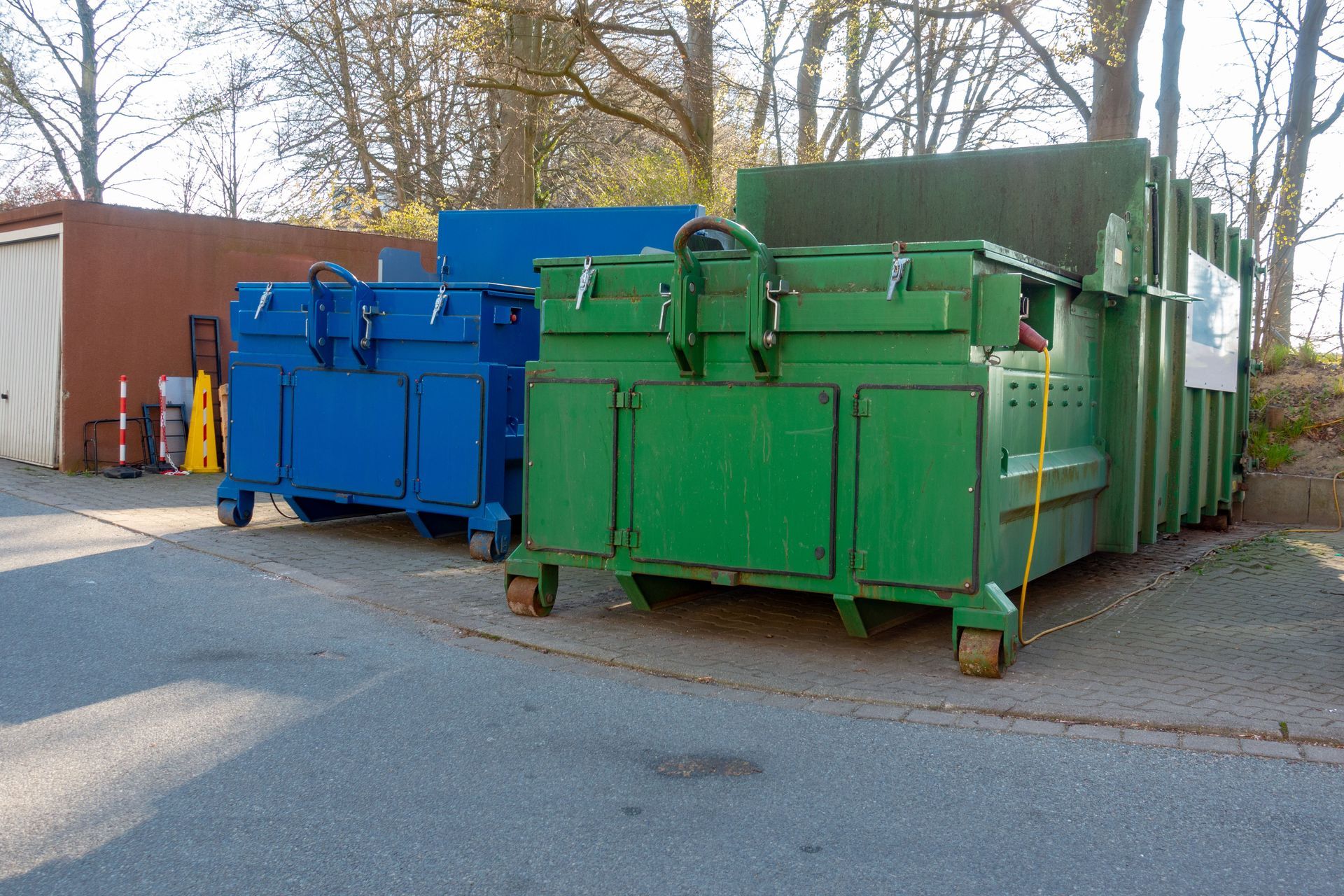
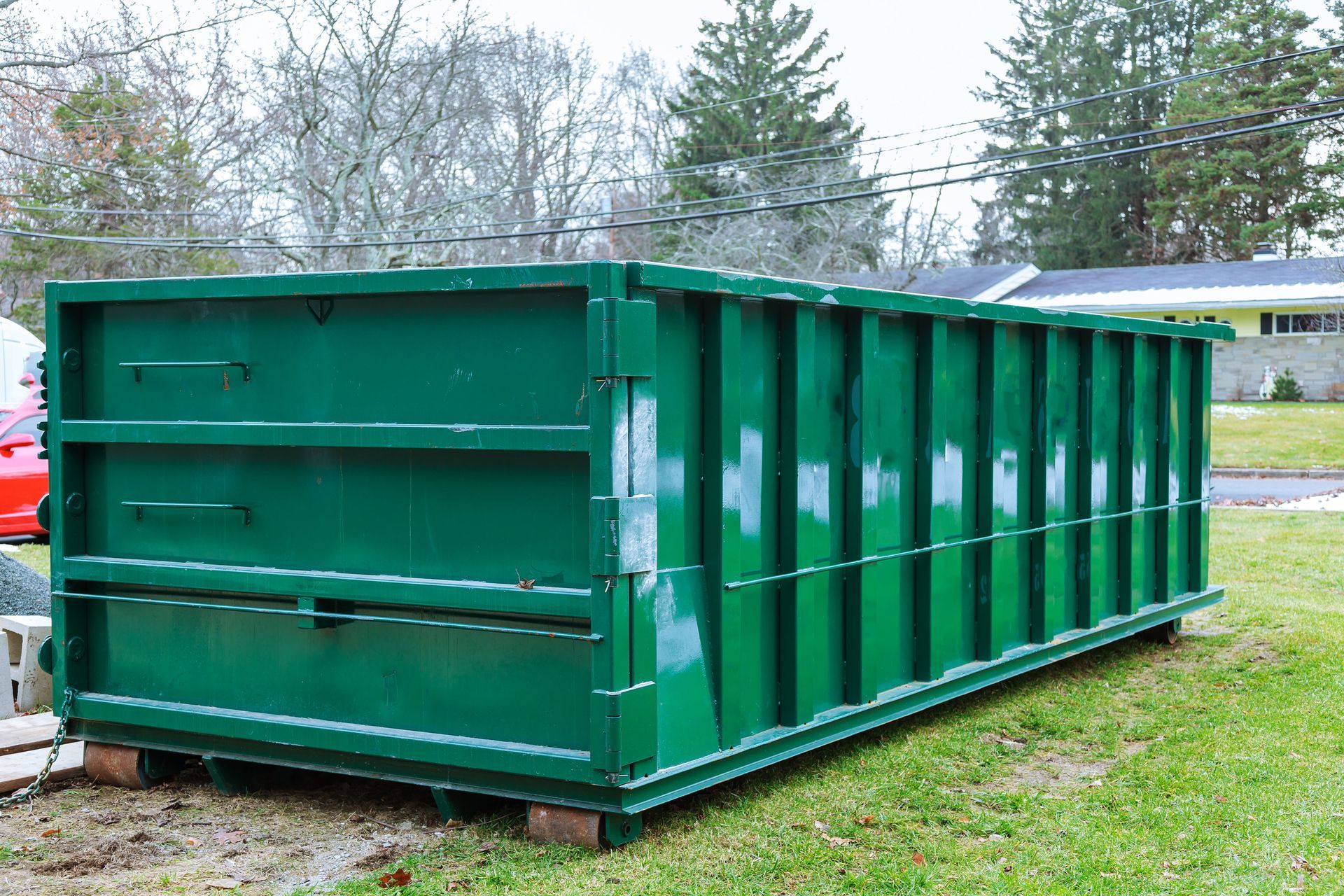
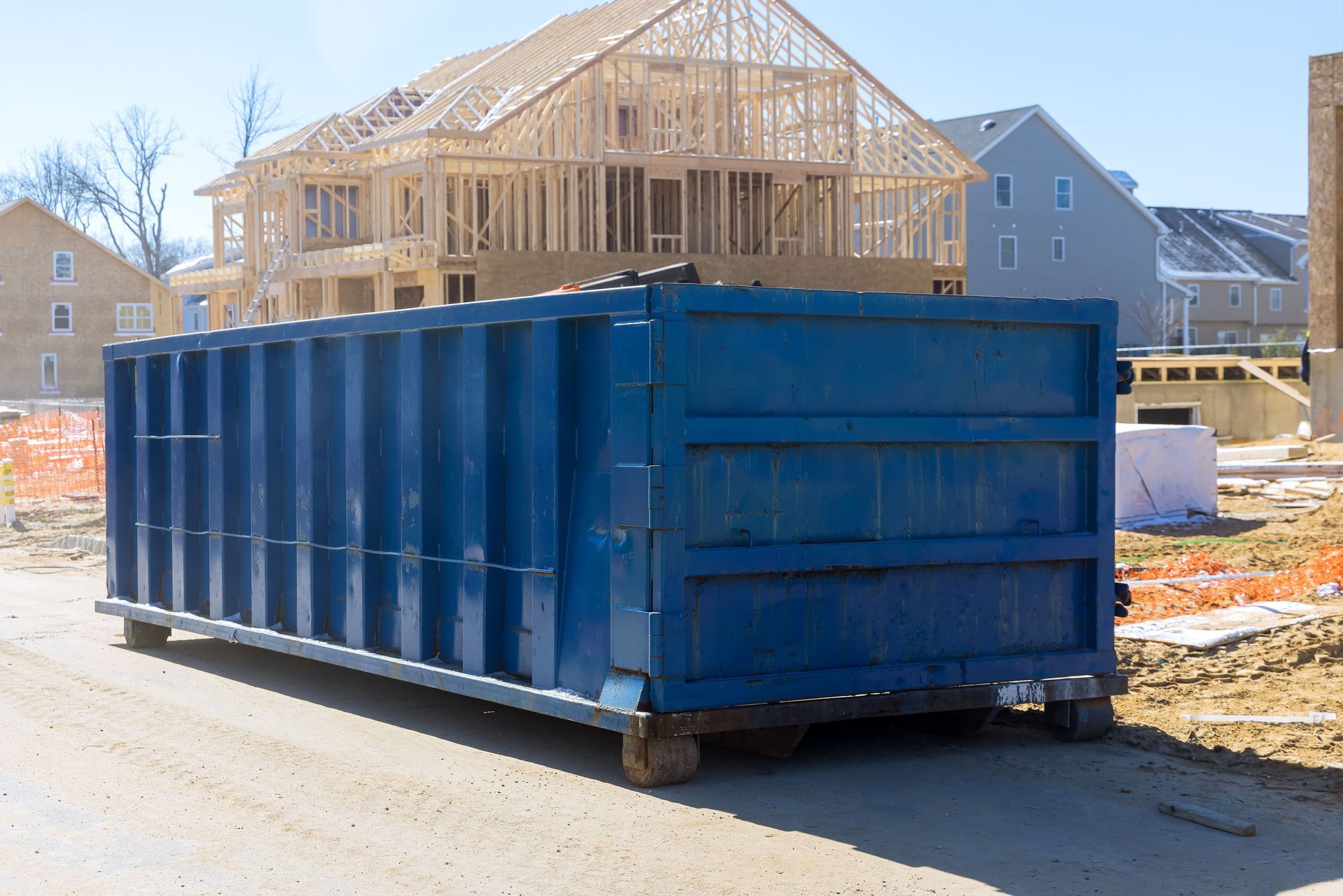
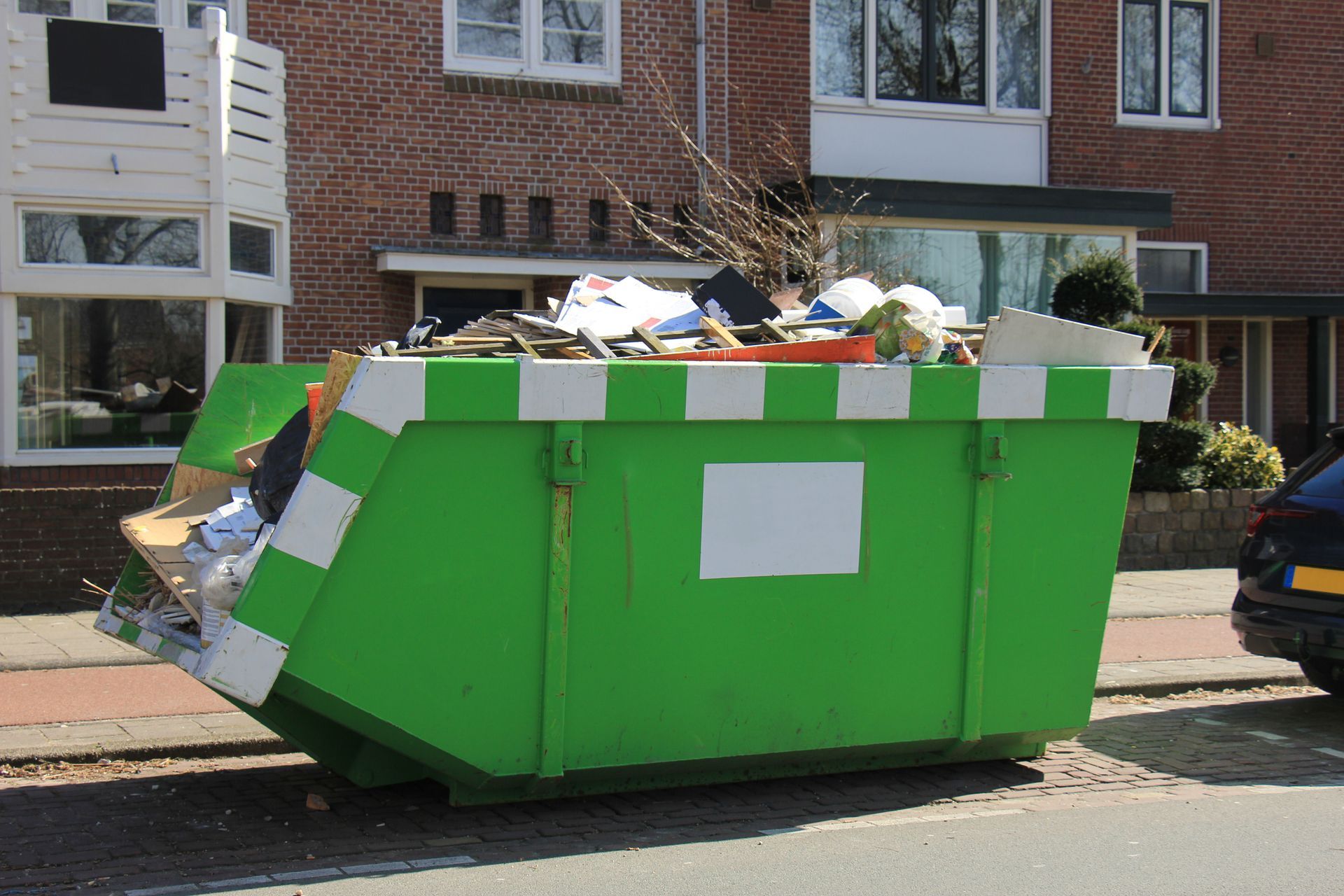
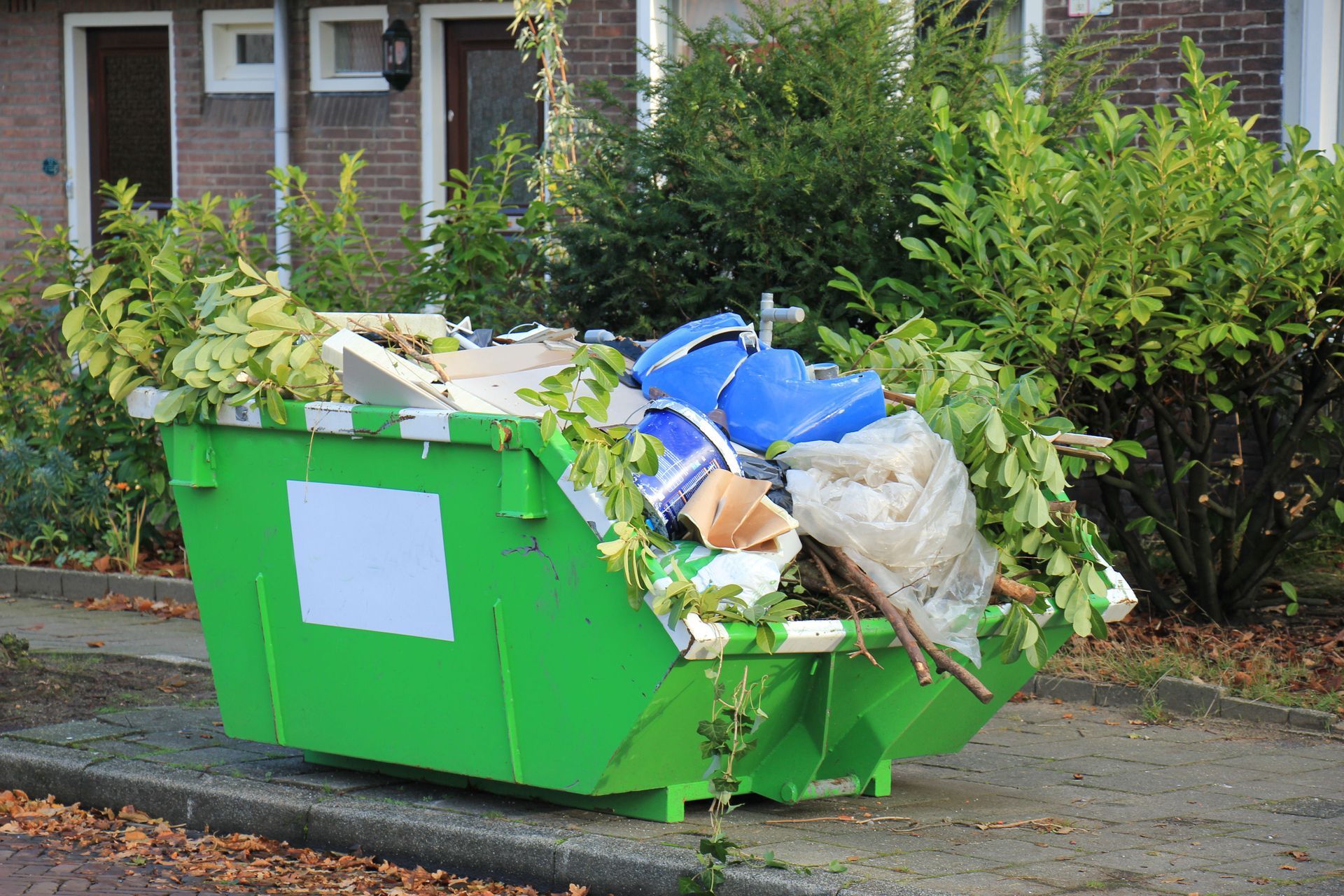
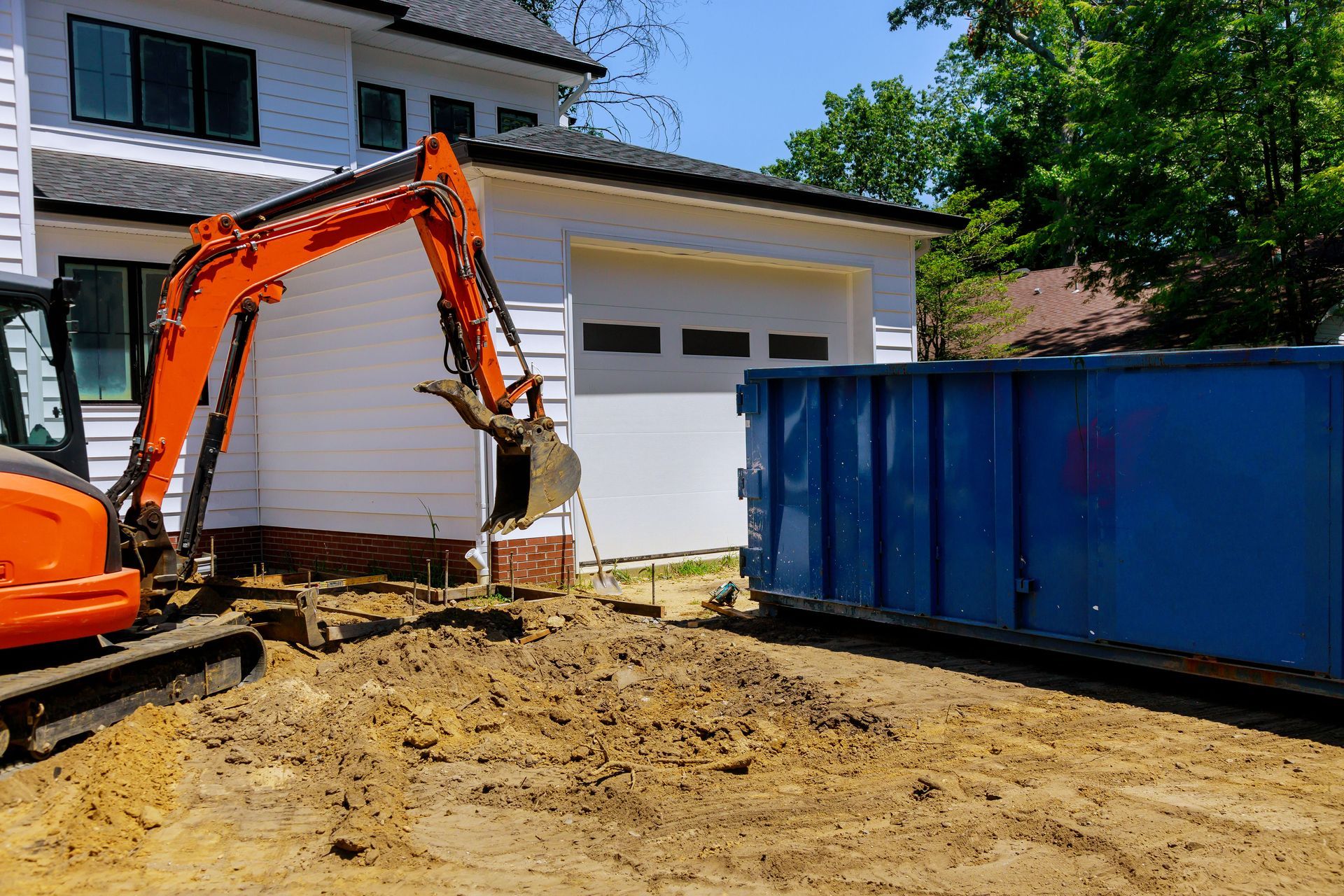
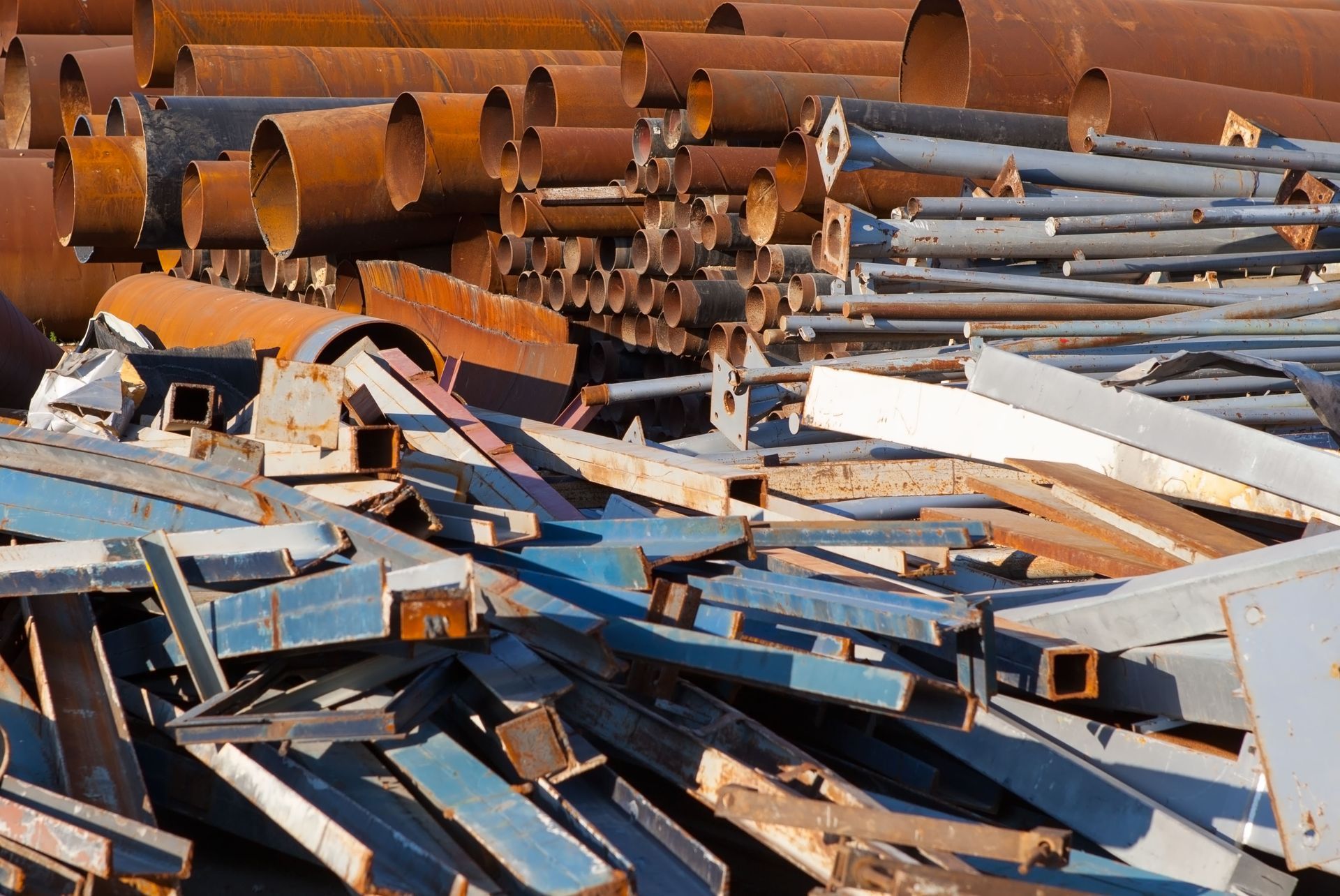
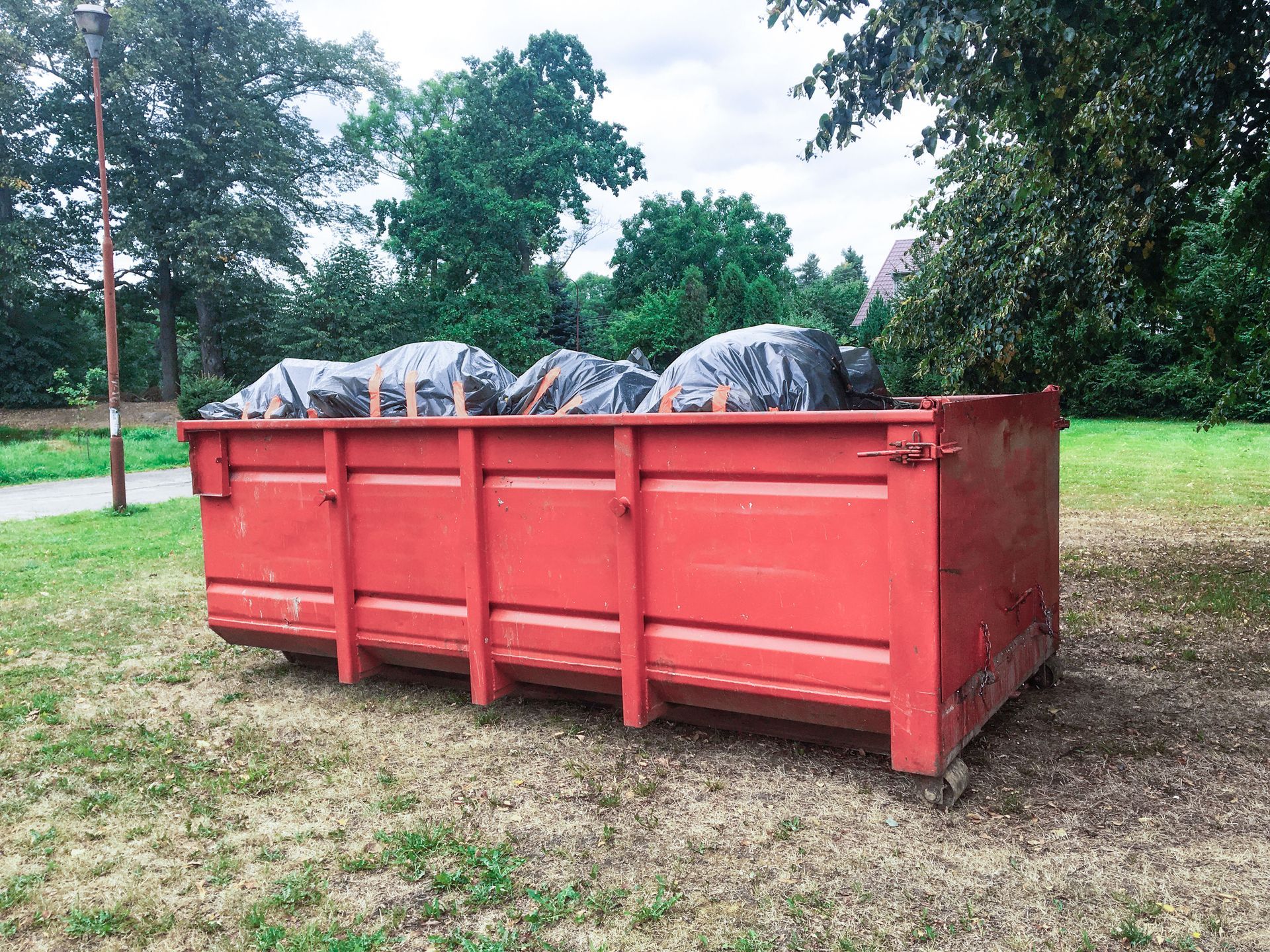
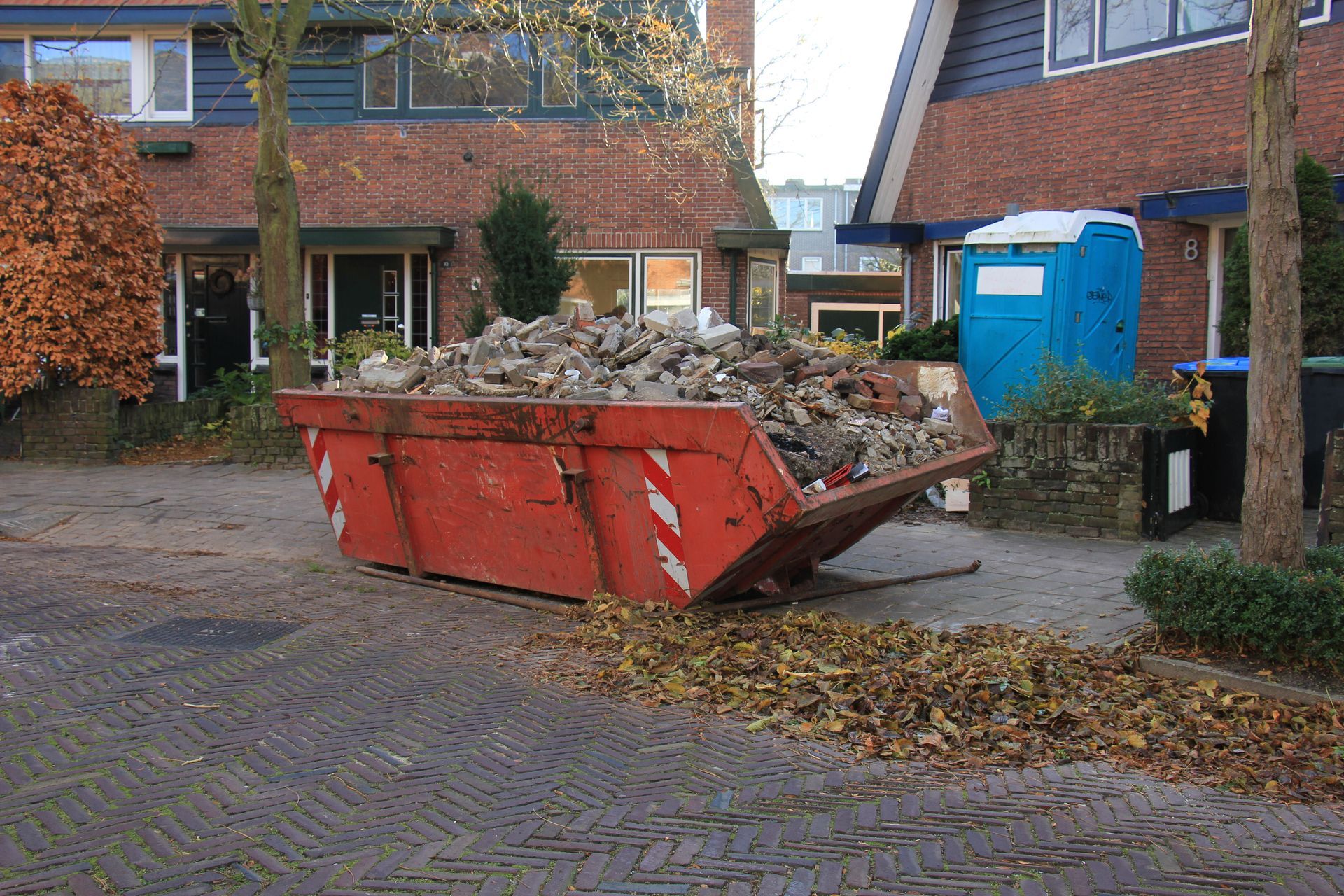
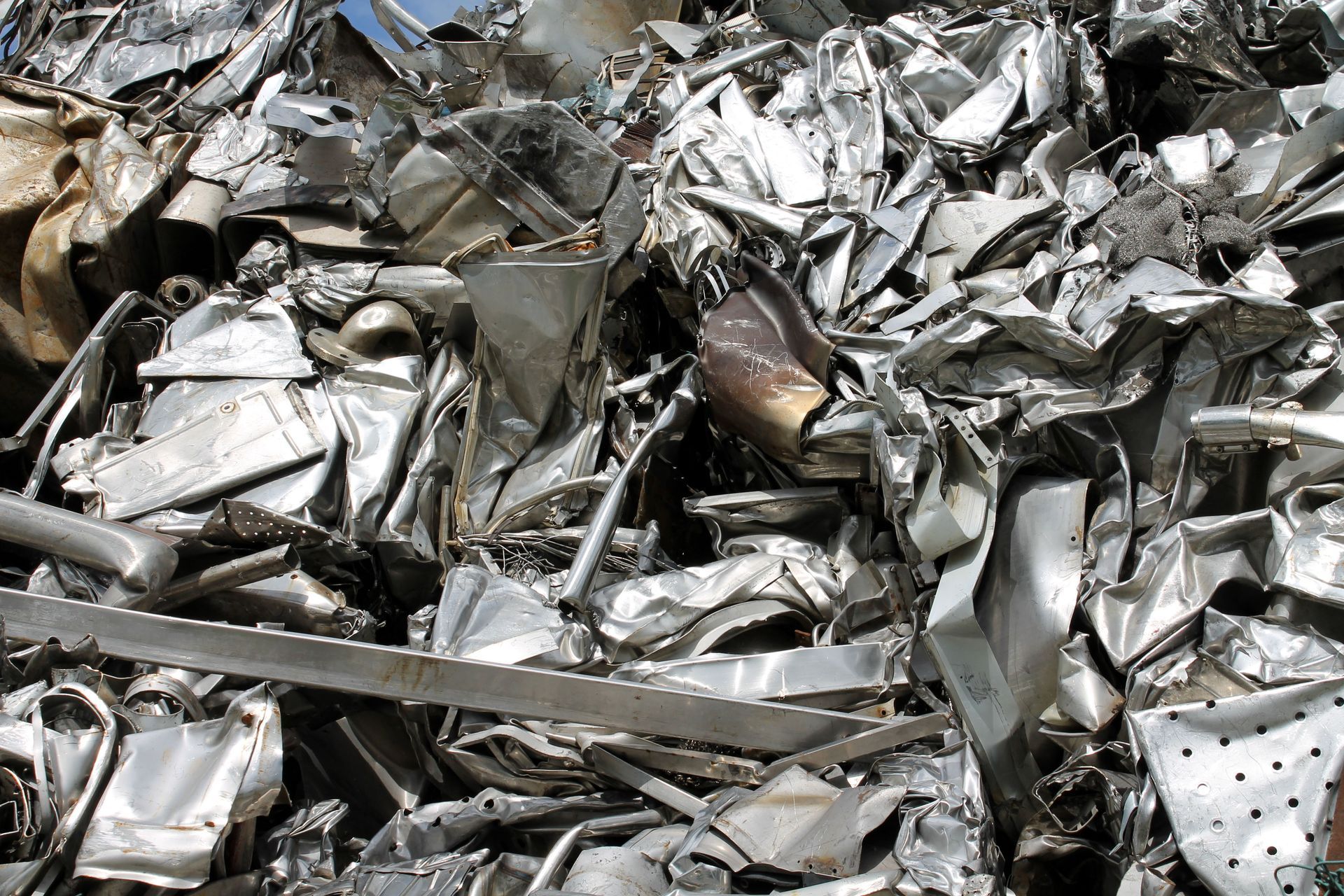
Share On: